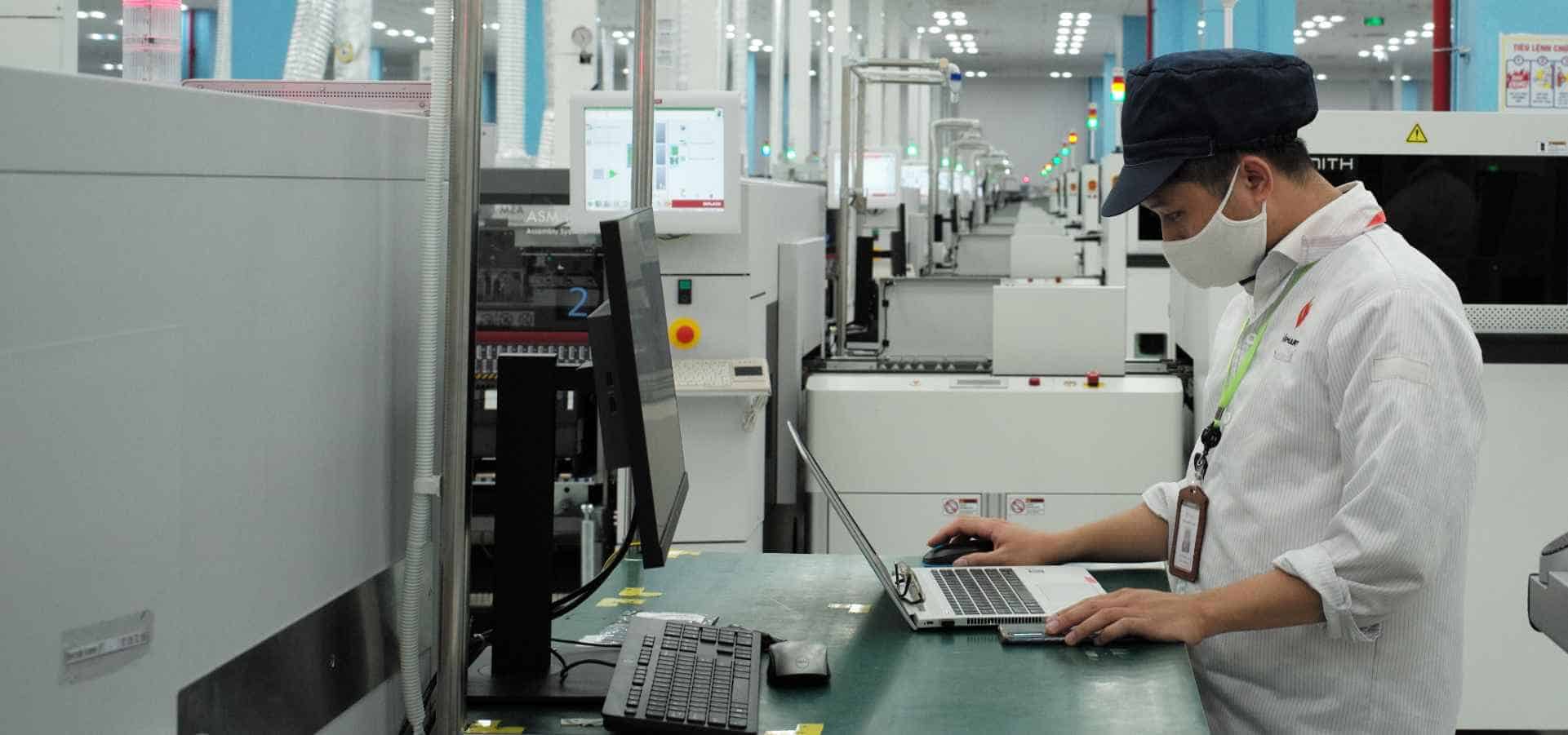Consumer electronics have become an integral part of our daily lives, with devices like smartphones, tablets, laptops, and wearables offering unprecedented convenience and functionality. At the core of these sophisticated gadgets are printed circuit boards (PCBs), which integrate various electronic components essential for their operation. PCB assembly plays a crucial role in ensuring these devices function reliably and efficiently. This article explores the impact of PCB assembly on modern consumer electronics, highlighting the unique challenges and innovative solutions that drive this technology forward.

Smartphones and Tablets
Smartphones and tablets are among the most widely used consumer electronics, offering powerful computing capabilities in a compact form factor. These devices rely on advanced PCBs to integrate processors, memory, sensors, and communication modules. Efficient PCB assembly ensures that these components are precisely placed and securely connected, providing reliable performance and seamless user experience.
Laptops and Ultrabooks
Laptops and ultrabooks require robust PCBs to manage complex computing tasks, including data processing, graphics rendering, and connectivity. The PCBs in these devices integrate CPUs, GPUs, RAM, storage controllers, and various ports and interfaces. High-quality PCB assembly ensures that these components operate efficiently, providing fast performance and long battery life.
Wearable Devices
Wearable devices, such as smartwatches and fitness trackers, have become increasingly popular for health monitoring and fitness tracking. These devices rely on flexible PCBs to integrate sensors, processors, and communication modules in a compact and lightweight design. Advanced PCB assembly techniques ensure that these wearables are durable, comfortable, and capable of accurate data collection.
Smart Home Devices
Smart home devices, including smart speakers, thermostats, and security cameras, rely on PCBs to connect and communicate with other devices in the home ecosystem. These PCBs manage sensors, processors, and communication modules, enabling real-time data processing and control. Efficient PCB assembly ensures that smart home devices operate reliably and securely, enhancing the convenience and safety of the home environment.
Challenges in PCB Assembly for Consumer Electronics
- Miniaturization: Consumer electronics need to be compact and lightweight. PCB assembly must accommodate miniature components while maintaining functionality and performance.
- Durability: These devices are subjected to frequent use and environmental exposure. PCBs must be durable and resistant to wear and tear.
- Power Efficiency: Many consumer electronics are battery-powered and require efficient power management to ensure long battery life and reliable performance.
- Thermal Management: High-performance components generate significant heat. Effective thermal management solutions are essential to prevent overheating and ensure stability.
- Connectivity: Reliable connectivity is crucial for real-time data transmission and remote management of devices. PCBs must integrate strong communication modules.
Innovations in PCB Assembly for Consumer Electronics
- Flexible and Rigid-Flex PCBs: Flexible and rigid-flex PCBs provide the necessary flexibility and durability for wearable and compact devices, allowing them to conform to various shapes and movements.
- Low-Power Components: The use of low-power components and advanced power management techniques helps extend battery life, making consumer electronics more practical for daily use.
- Advanced Thermal Management: Techniques such as heat sinks, thermal vias, and conductive materials are used to dissipate heat efficiently, ensuring stable operation of powerful components.
- High-Density Interconnect (HDI) PCBs: HDI technology supports the integration of miniature components and high-speed signal paths, reducing latency and improving performance.
- Automated Optical Inspection (AOI): AOI systems enhance quality control by detecting defects early in the assembly process, ensuring high reliability and reducing the risk of failures.
The Future of PCB Assembly in Consumer Electronics
As consumer electronics technology continues to evolve, several trends will shape the future of PCB assembly in this field:
- Integration with AI and Machine Learning: AI and machine learning will become integral to consumer electronics, providing more personalized and efficient user experiences. PCBs will need to support these advanced computational requirements.
- Improved Connectivity: Advances in 5G and other communication technologies will enable faster and more reliable connections, enhancing the functionality and interactivity of consumer devices.
- Sustainability: Sustainable manufacturing practices will become more important in PCB assembly, including the use of recyclable materials and energy-efficient processes.
- Enhanced Security: Future consumer electronics will incorporate more advanced security features, supported by cutting-edge PCB technology, to protect against cyber threats and data breaches.
- Increased Health Metrics: Future wearable devices will monitor an even broader range of health metrics, requiring more sophisticated PCBs to support additional sensors and data processing capabilities.
Conclusion
PCB assembly is a critical component in the development and performance of modern consumer electronics, enabling the creation of reliable, efficient, and innovative devices. From smartphones and laptops to wearable devices and smart home gadgets, advancements in PCB assembly are driving the future of consumer electronics, enhancing convenience, connectivity, and functionality. As technology continues to evolve, the role of PCB assembly will be pivotal in shaping the future of consumer electronics, ensuring they continue to improve and innovate.